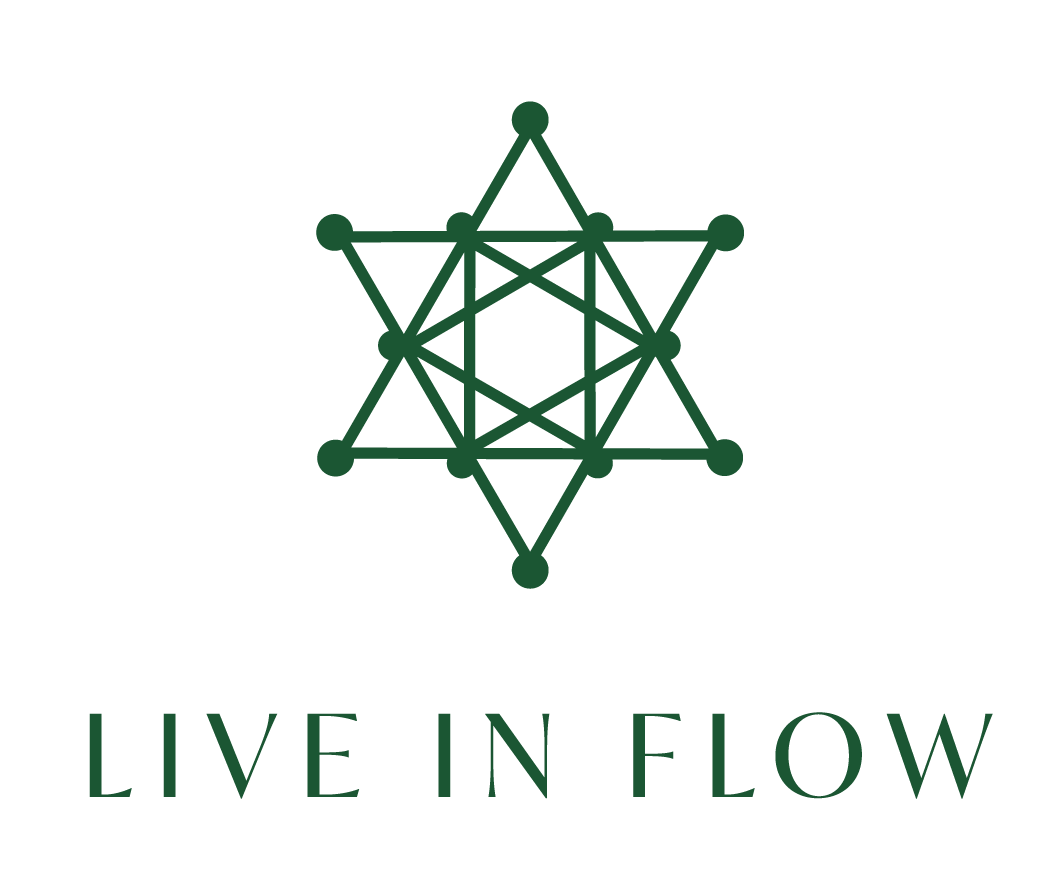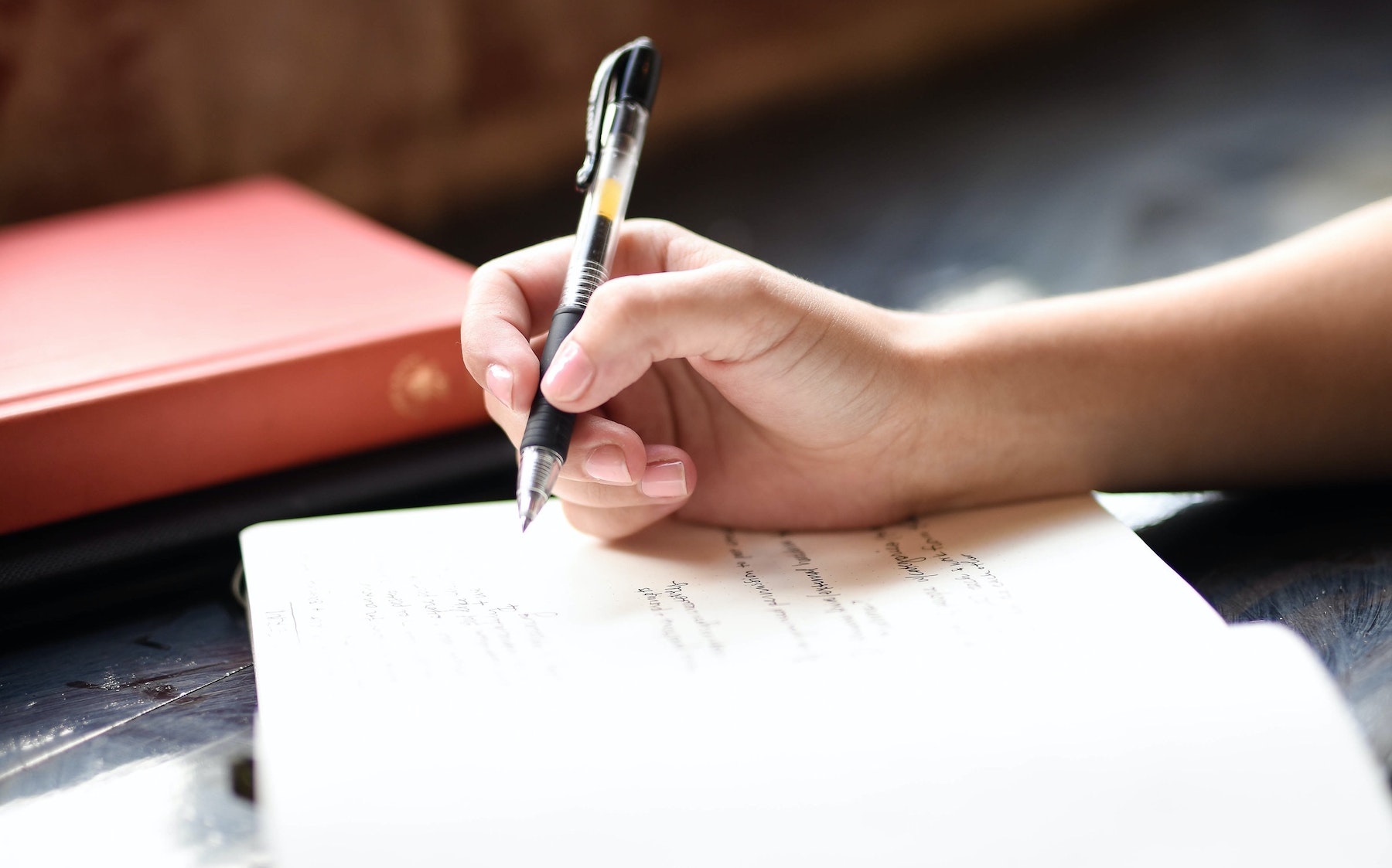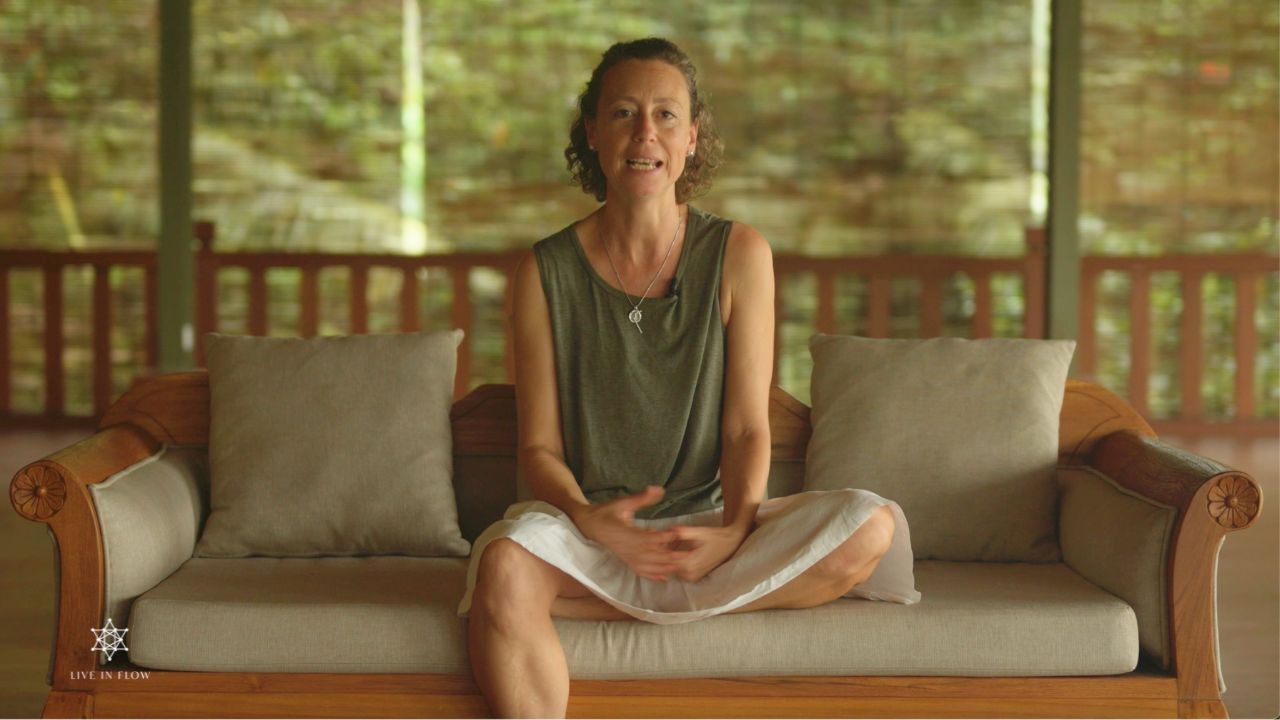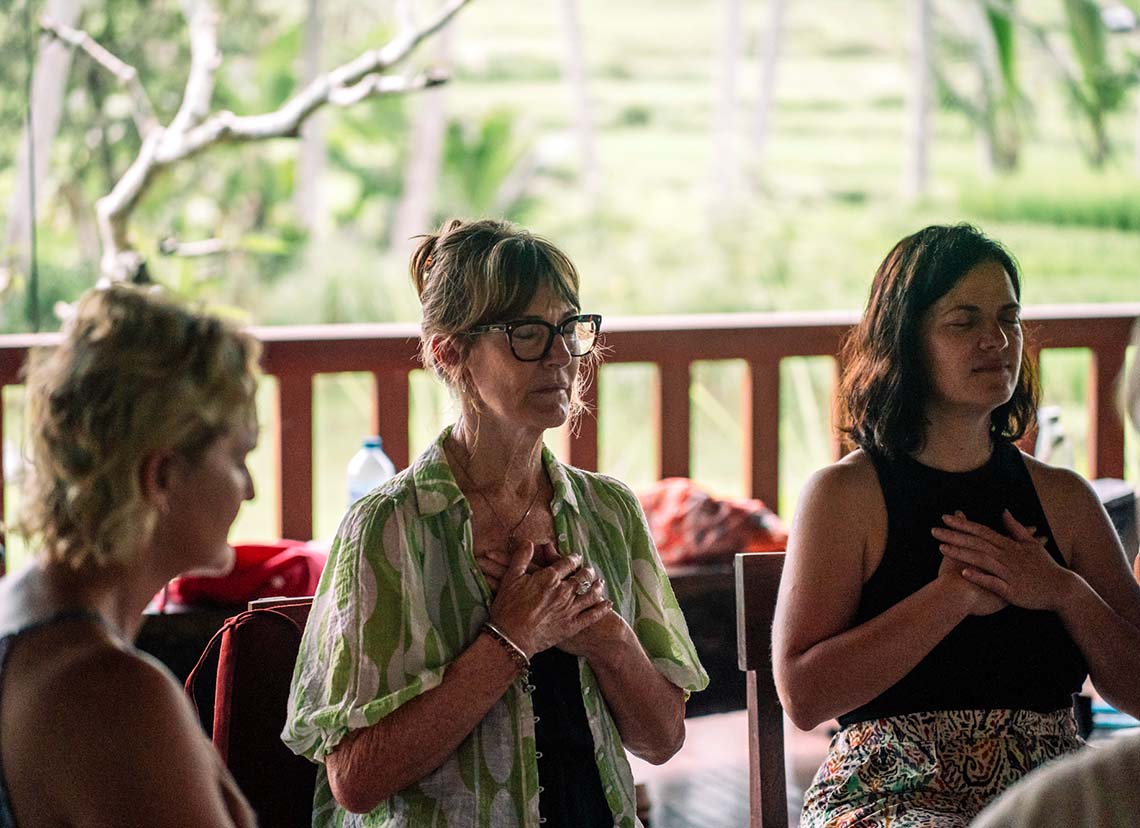Learn how to give yourself permission to feel difficult emotions without attaching to them, finding ways to shift your perspective to feel empowered and grounded.
You probably think we (Matt, Guy and Petra) never experience difficult and uncomfortable emotions, right? How could we? We run retreats and coach others in the practise of meditation and gratitude. We hate to break it to you but no matter how “zen” we are, experiencing survival emotions is a part of life.
The point of meditation isn’t to stop feeling survival emotions. We need survival emotions to thrive in life. If we never felt uncomfortable, we’d never propel forward, bettering ourselves and, as a result, bettering the world. Think about it like this, feeling thirsty is unpleasant, but you wouldn’t want to train your body not to experience thirst because then you’d never feel the need to drink water and become fatally dehydrated. Survival emotions are the same, they each serve an important purpose.
Why should we practise gratitude and mindfulness?
While we shouldn’t be trying to prevent negative emotions from showing up, we can learn how to handle them when they arise in a way that still honours their purpose.
Becoming anxious, chronically stressed and holding tension in our bodies is not a result of survival emotions but the way we attach to them. When we hold onto feelings of stress, anger, sadness and fear rather than acknowledging them as temporary states of being that don’t need to define us or control our decisions.
One way to do this is to feel gratitude. Meeting our survival emotions with gratitude isn’t about dismissing them. It’s not about telling ourselves “I can’t feel stressed or upset because I have so much to be grateful for”. When we do that, we’re gaslighting ourselves. But we can feel gratitude for our survival emotions, thank them for showing up and acknowledge that they’re here to tell us something. Then, we can choose to act upon them or decide not to. When we thank our emotions, even the bad ones, we’re no longer being afraid of them. We begin to feel like we’re working together with our emotions rather than being bombarded by them.
And mindfulness. How can this practice help us be okay when we’re in a storm of pain and discomfort? Sometimes when we’re caught in a panic or deep in despair, our nervous system throws our body into a fight, flight or freeze response. By practising mindfulness in times of emotional upheaval, we’re reminding our nervous system that we are safe and preventing it from sounding the alarms. For example, we could be running late for a flight and rushing to get to the airport in time so we don’t miss it. Emotions of panic and fear might show up, and they might trick our body into thinking we’re in danger and trigger the fight, flight or freeze response. When we stop, take a breath and be mindful of our surroundings and acknowledge that we’re okay, that our life isn’t at risk and that this stressful situation will pass, we calm our nervous system and detach from our survival emotions.
How do we practise gratitude and mindfulness?
Before we get stuck into the process, we want to be clear on something. Practising gratitude and mindfulness does not apply when you are in a dangerous situation. If you are feeling survival emotions because you are at risk of harm (physical or emotional), you should listen to them and get yourself out of the situation if you can. When we’re talking about discomfort, we’re referring to moments when you are physically safe and secure in the world but experiencing painful and uncomfortable emotions.
Everyone practises gratitude and mindfulness a little differently, so take this process and make it your own. Do what feels right for you.
That being said, as a loose guide try stepping through this next time an uncomfortable emotion shows up…
- Give yourself permission to feel whatever emotions are showing up.
Don’t fight against emotions, this only makes us feel more stressed and out of control when we can’t stop them. And we can’t stop them. We might think we have but our body carries repressed emotions and expresses them as tension and even illness. - Thank your emotions for showing up.
Acknowledge that emotions are there to serve you. Try to understand why they’re showing up and then decide if you want to act on them or not. You can’t control your emotions but you can control your response to them.
- Breath.
Bring your attention to the breath. Taking a few slow deep breaths helps to calm our nervous system and draw us into the present moment.
- Practise mindfulness.
Become aware of where you are. Are you sitting on the couch, working at your desk or at the shops? Are you safe? Then remind your body that you are okay, you’re not in any danger.
- Let go of emotions that aren’t serving you.
Once you’ve felt the emotions and taken a step back, decide whether you find the emotions helpful or whether it would be best to let them leave you. If you decide they are helpful, don’t attach to them, simply acknowledge what they’re telling you and make a decision to change whatever situation, thought pattern or relationship is stirring up these feelings. But if, for example, you experience anger because a line is too long or stress because you’re ruminating on all the possible negative outcomes of something in the future, then allow yourself to let it all go so you can be at peace.
We hope sharing this process with you helps you experience the profound benefits that gratitude and mindfulness can bring to our day to day lives.
If you’d like to explore this work further, all while being supported by the three of us, we encourage you to explore our in-person events and online programs.




